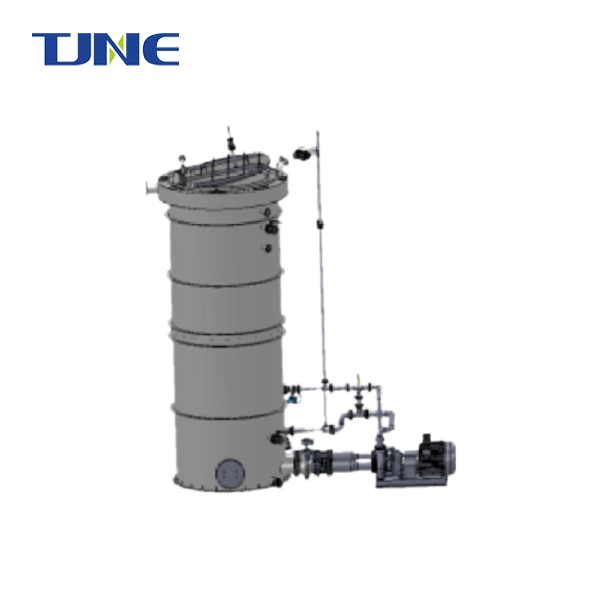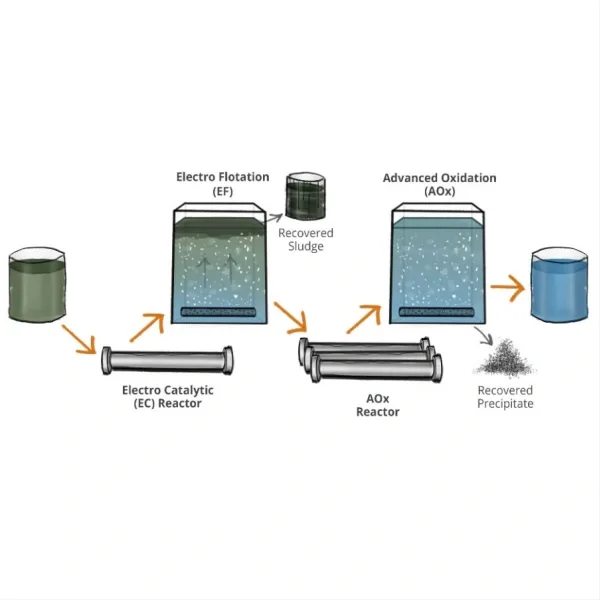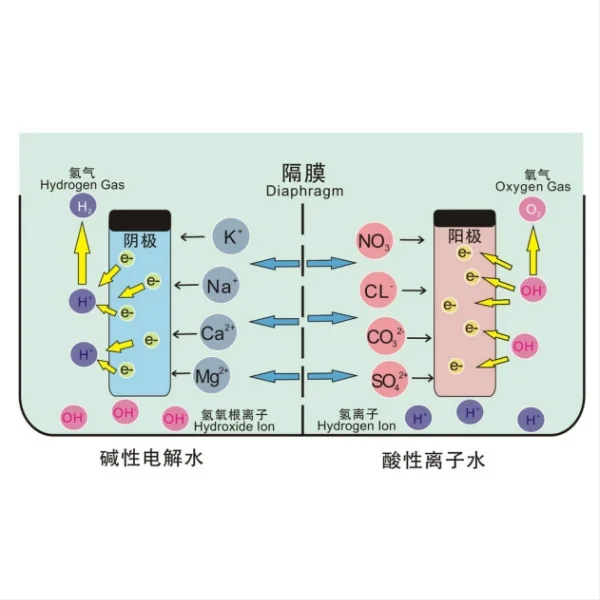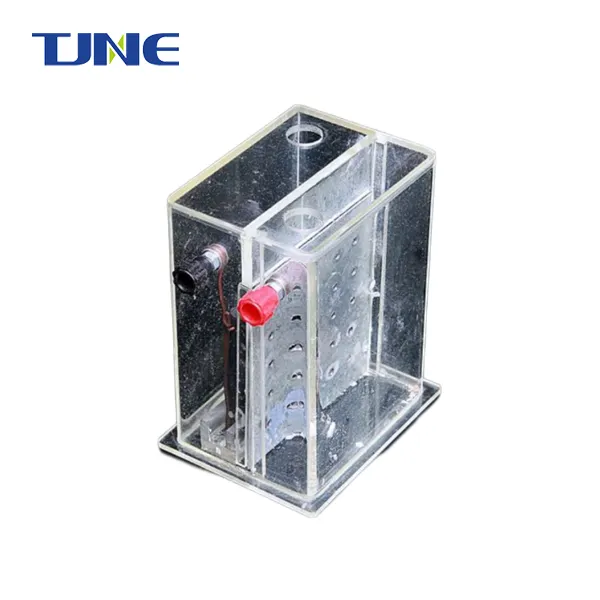- English
- French
- German
- Portuguese
- Spanish
- Russian
- Japanese
- Korean
- Arabic
- Greek
- German
- Turkish
- Italian
- Danish
- Romanian
- Indonesian
- Czech
- Afrikaans
- Swedish
- Polish
- Basque
- Catalan
- Esperanto
- Hindi
- Lao
- Albanian
- Amharic
- Armenian
- Azerbaijani
- Belarusian
- Bengali
- Bosnian
- Bulgarian
- Cebuano
- Chichewa
- Corsican
- Croatian
- Dutch
- Estonian
- Filipino
- Finnish
- Frisian
- Galician
- Georgian
- Gujarati
- Haitian
- Hausa
- Hawaiian
- Hebrew
- Hmong
- Hungarian
- Icelandic
- Igbo
- Javanese
- Kannada
- Kazakh
- Khmer
- Kurdish
- Kyrgyz
- Latin
- Latvian
- Lithuanian
- Luxembou..
- Macedonian
- Malagasy
- Malay
- Malayalam
- Maltese
- Maori
- Marathi
- Mongolian
- Burmese
- Nepali
- Norwegian
- Pashto
- Persian
- Punjabi
- Serbian
- Sesotho
- Sinhala
- Slovak
- Slovenian
- Somali
- Samoan
- Scots Gaelic
- Shona
- Sindhi
- Sundanese
- Swahili
- Tajik
- Tamil
- Telugu
- Thai
- Ukrainian
- Urdu
- Uzbek
- Vietnamese
- Welsh
- Xhosa
- Yiddish
- Yoruba
- Zulu
Mixed Metal Oxide (MMO) Titanium Mesh Anodes are advanced electrochemical components widely used in various industrial applications due to their exceptional performance and durability. The maximum current density of these anodes is a crucial parameter that determines their efficiency and lifespan. Typically, the max current density of MMO Titanium Mesh Anodes ranges from 100 to 250 A/m² (amperes per square meter), depending on the specific composition and manufacturing process. However, it's important to note that this value can vary based on the application and operating conditions.
How does MMO Titanium Mesh Anode compare to other anode materials?
MMO Titanium Mesh Anodes have gained significant popularity in recent years due to their superior performance compared to traditional anode materials. To understand their advantages, let's compare them with other common anode materials:
1. Graphite Anodes: While graphite anodes are cost-effective and widely used, they suffer from higher wear rates and lower current densities compared to MMO Titanium Mesh Anodes. Graphite anodes typically have a max current density of around 30-50 A/m², which is significantly lower than MMO anodes.
2. Lead Anodes: Lead anodes have been used for decades in various electrochemical processes. However, they have several drawbacks, including lower current efficiency, higher environmental impact, and shorter lifespan. The max current density of lead anodes is usually around 300-400 A/m², which is higher than MMO anodes but comes at the cost of increased wear and environmental concerns.
3. Platinum-Coated Titanium Anodes: These anodes offer excellent performance but at a much higher cost. Their max current density can reach up to 1000 A/m², but the prohibitive price makes them unsuitable for large-scale applications.
MMO Titanium Mesh Anodes strike a balance between performance and cost-effectiveness. Their unique composition allows for a high oxygen evolution efficiency, low chlorine evolution, and excellent dimensional stability. The mesh structure also provides a larger surface area, enhancing the overall performance.
The manufacturing process of MMO Titanium Mesh Anodes involves coating a titanium substrate with a mixture of metal oxides, typically including iridium, tantalum, and ruthenium oxides. This coating is applied through various methods such as thermal decomposition or electrodeposition, followed by a sintering process to create a stable and durable anode surface.
The resulting anode exhibits remarkable resistance to corrosion and erosion, even in harsh chemical environments. This durability translates to a longer operational life, reducing the frequency of replacements and associated downtime costs. Moreover, the catalytic properties of the mixed metal oxides contribute to lower overpotential, which means less energy is required to drive the desired electrochemical reactions.
What factors affect the performance of MMO Titanium Mesh Anodes?
Several factors influence the performance and max current density of MMO Titanium Mesh Anodes:
1. Coating Composition: The specific mixture of metal oxides used in the coating significantly impacts the anode's performance. Different compositions can optimize the anode for various applications, such as chlorine production, water treatment, or cathodic protection.
2. Coating Thickness: The thickness of the MMO coating affects both the current density and the lifespan of the anode. A thicker coating generally allows for higher current densities and longer operational life but may increase the initial cost.
3. Mesh Design: The geometry of the titanium mesh substrate plays a crucial role in determining the effective surface area and current distribution. Finer mesh sizes increase the surface area, potentially allowing for higher overall current densities.
4. Electrolyte Composition: The chemical environment in which the anode operates can significantly affect its performance. Factors such as pH, temperature, and the presence of specific ions can impact the max current density and the anode's lifespan.
5. Operating Temperature: Higher temperatures generally allow for increased current densities but may also accelerate the degradation of the anode coating. Finding the optimal operating temperature is crucial for balancing performance and longevity.
6. Flow Conditions: In many applications, the flow of electrolyte around the anode can impact its performance. Proper flow design can help maintain a consistent electrolyte composition at the anode surface, potentially allowing for higher current densities.
7. Current Distribution: Ensuring an even current distribution across the anode surface is essential for maximizing performance and preventing localized degradation. This can be achieved through careful design of the electrical connections and overall system geometry.
To optimize the performance of MMO Titanium Mesh Anodes, engineers must carefully consider these factors in the context of the specific application. For example, in chlor-alkali production, where high current densities are desired, a coating composition rich in ruthenium oxide might be preferred. In contrast, for water treatment applications, where selective oxidation is crucial, a different composition emphasizing iridium oxide might be more suitable.
Regular monitoring and maintenance of MMO Titanium Mesh Anodes are essential to ensure they continue operating at their optimal current density. This may include periodic inspections, electrochemical measurements to assess coating condition, and replacement of anodes that show signs of significant degradation.
How can the lifespan of MMO Titanium Mesh Anodes be extended?
Extending the lifespan of MMO Titanium Mesh Anodes is crucial for maximizing their cost-effectiveness and minimizing system downtime. Here are several strategies to enhance their durability:
1. Optimal Current Density Operation: While MMO Titanium Mesh Anodes can handle high current densities, consistently operating at the maximum can accelerate wear. Operating at a more moderate current density, typically around 70-80% of the maximum, can significantly extend the anode's lifespan without substantially compromising performance.
2. Proper Pretreatment and Conditioning: Before putting new anodes into service, a proper pretreatment and conditioning process can help stabilize the coating and improve its long-term performance. This typically involves gradually increasing the current density over a period of time, allowing the coating to reach its optimal electrochemical state.
3. Regular Cleaning and Maintenance: Accumulation of deposits on the anode surface can lead to uneven current distribution and localized degradation. Implementing a regular cleaning schedule, using appropriate chemical or mechanical methods, can help maintain optimal performance.
4. Electrolyte Quality Control: Maintaining consistent electrolyte quality is crucial for anode longevity. This includes controlling pH, temperature, and the concentration of potentially harmful impurities. In some cases, the use of electrolyte additives can help protect the anode coating.
5. Pulsed Current Operation: In some applications, using pulsed current instead of continuous DC can help extend anode life. This technique allows for periodic "rest" periods that can help mitigate some degradation mechanisms.
6. Optimization of System Design: Proper system design, including even current distribution, adequate electrolyte flow, and appropriate anode-cathode spacing, can help prevent localized stress on the anode and extend its overall lifespan.
7. Coating Thickness and Composition Tailoring: Working with anode manufacturers to develop custom coating compositions and thicknesses for specific applications can lead to improved longevity. This might involve adjusting the ratio of different metal oxides or increasing the coating thickness for high-wear applications.
8. Temperature Management: Implementing effective cooling systems to maintain optimal operating temperatures can significantly extend anode life, especially in high-current-density applications where heat generation is substantial.
9. Periodic Performance Monitoring: Regular electrochemical testing, such as polarization scans or impedance spectroscopy, can help detect early signs of coating degradation. This allows for timely intervention before significant performance loss occurs.
10. Strategic Anode Rotation: In systems with multiple anodes, implementing a rotation strategy can help distribute wear more evenly across all anodes, potentially extending the overall system lifespan.
By implementing these strategies, operators can significantly extend the lifespan of MMO Titanium Mesh Anodes, often achieving operational lives of 5-10 years or more, depending on the application. This not only reduces replacement costs but also minimizes system downtime and maintains consistent performance over time.
In conclusion, understanding the max current density of MMO Titanium Mesh Anodes and the factors that influence their performance is crucial for optimal utilization in various electrochemical applications. By carefully considering the anode material selection, operating conditions, and maintenance strategies, engineers can maximize the efficiency and lifespan of these advanced electrochemical components, leading to more sustainable and cost-effective industrial processes.
If you are interested in the products of Xi'an Taijin New Energy Technology Co., Ltd., please contact yangbo@tjanode.com.
References:
1. Kraft, A. (2007). Electrochemical Water Disinfection: A Short Review. Platinum Metals Review, 51(1), 31-35.
2. Panic, V. V., Nikolic, B. Z., & Dekanski, A. B. (2019). Oxygen Evolution Reaction: Mechanism and Electrocatalysts. IntechOpen.
3. Chen, X., Chen, G., & Yue, P. L. (2001). Stable Ti/IrOx-Sb2O5-SnO2 anode for O2 evolution with high oxygen evolution efficiency. The Journal of Physical Chemistry B, 105(20), 4623-4628.
4. Trasatti, S. (2000). Electrocatalysis: understanding the success of DSA®. Electrochimica Acta, 45(15-16), 2377-2385.
5. Comninellis, C., & Chen, G. (Eds.). (2010). Electrochemistry for the Environment. Springer Science & Business Media.
6. Mousty, C., Foti, G., Comninellis, C., & Reid, V. (1999). Electrochemical behaviour of DSA type electrodes prepared by induction heating. Electrochimica Acta, 45(3), 451-456.
7. Moreno-Baron, L., Merkoçi, A., & Alegret, S. (2003). Graphite-epoxy composite as an alternative material to design mercury free working electrodes for stripping voltammetry. Electrochimica Acta, 48(18), 2599-2605.
8. Martínez-Huitle, C. A., & Ferro, S. (2006). Electrochemical oxidation of organic pollutants for the wastewater treatment: direct and indirect processes. Chemical Society Reviews, 35(12), 1324-1340.
9. Jiang, S. P., & Yan, Y. (Eds.). (2013). Materials for High-Temperature Fuel Cells. John Wiley & Sons.
10. Duan, X., & Sun, H. (2019). Catalytic Advanced Oxidation Technologies for Water and Wastewater Treatment. Springer.












